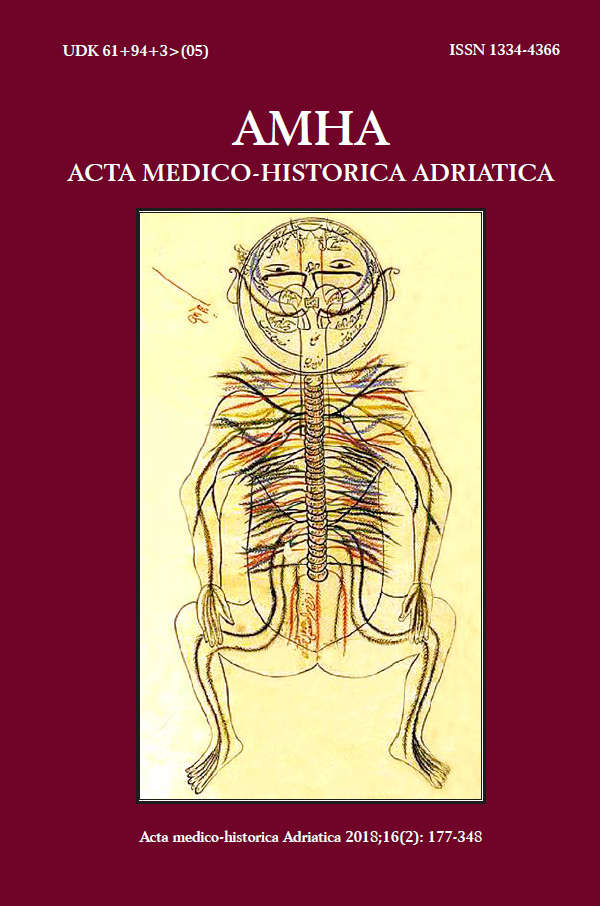The SAINT GEORGE QUARANTINE STATION OF PIRAEUS, GREECE (1865-1947)
Saint George Quarantine Station
Keywords:
Greece, History of Medicine, Public Health, QuarantineAbstract
https://doi.org/10.31952/amha.16.2.3
For centuries, the marine quarantine system was the major protection of the public health against serious infectious diseases around the world. The present study reconstructs the history of the Quarantine Station of Piraeus, one of the largest Mediterranean ports, known as the “Lazzaretto of Saint George”, as a vital element in the maritime sanitary protection of Greece. Our research will investigate the impact left by this institution on public health, as well as on the economic life of the port of Piraeus and the adjacent capital city of Athens. With regard to the first issue, we will seek to evaluate its role in relation to major outbreaks in the capital, as well as the arrival of 1,3 million Greek refugees after the Greco-Turkish War of 1922. The opening of Suez Canal (1869) was a great challenge and the institution was problematic at administrative and sanitary levels. During 20th century, the station complied with the national public health legislation and the international sanitary conventions. Until the Second World War, the lazaretto of Saint George played a key role in both the protection of public health in general but also in the economic and industrial progress of Piraeus and Athens.


